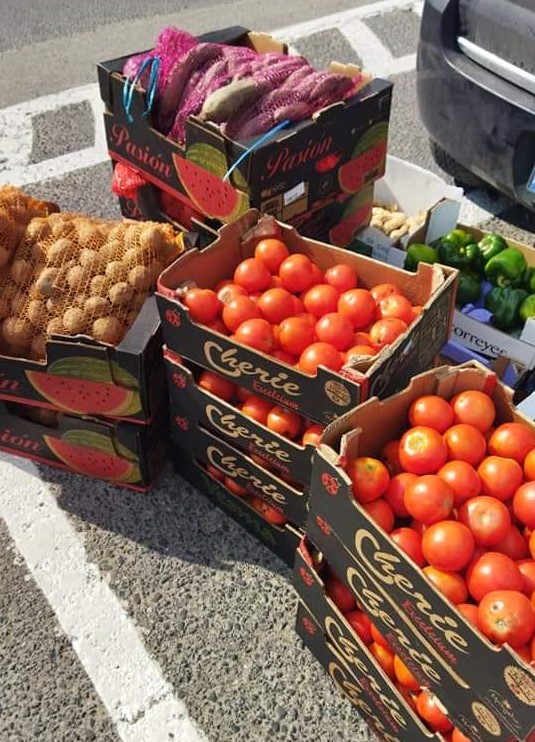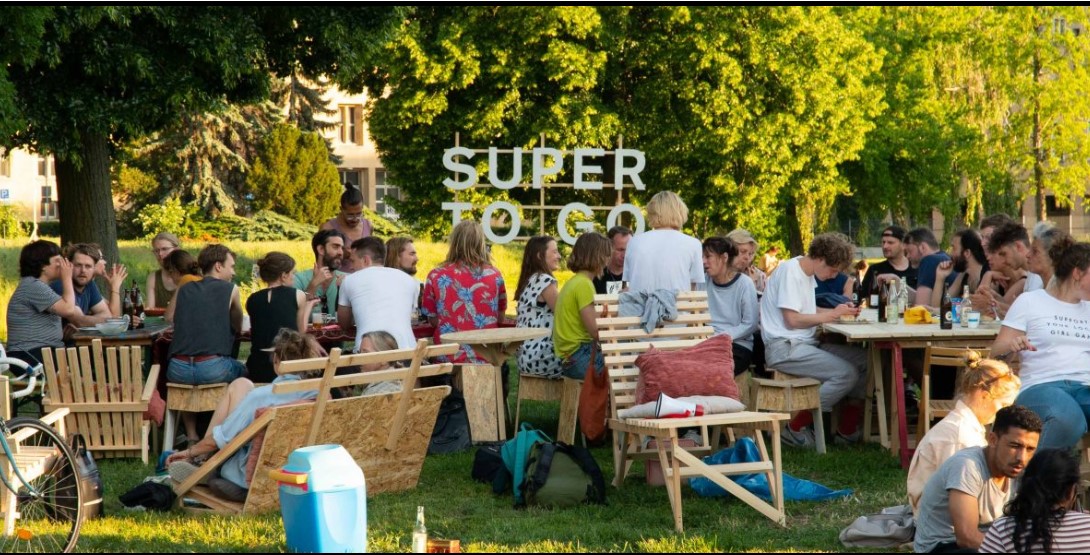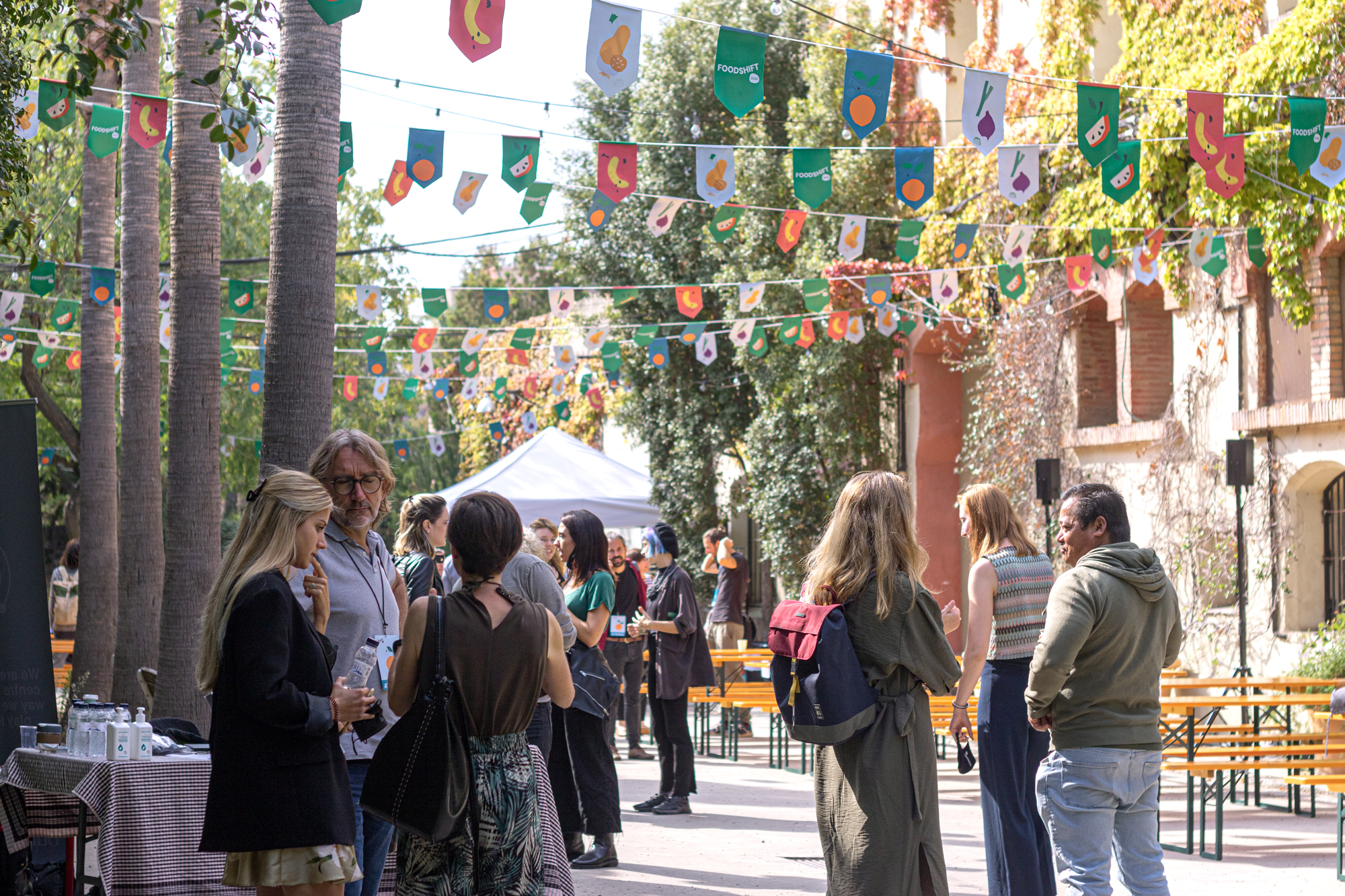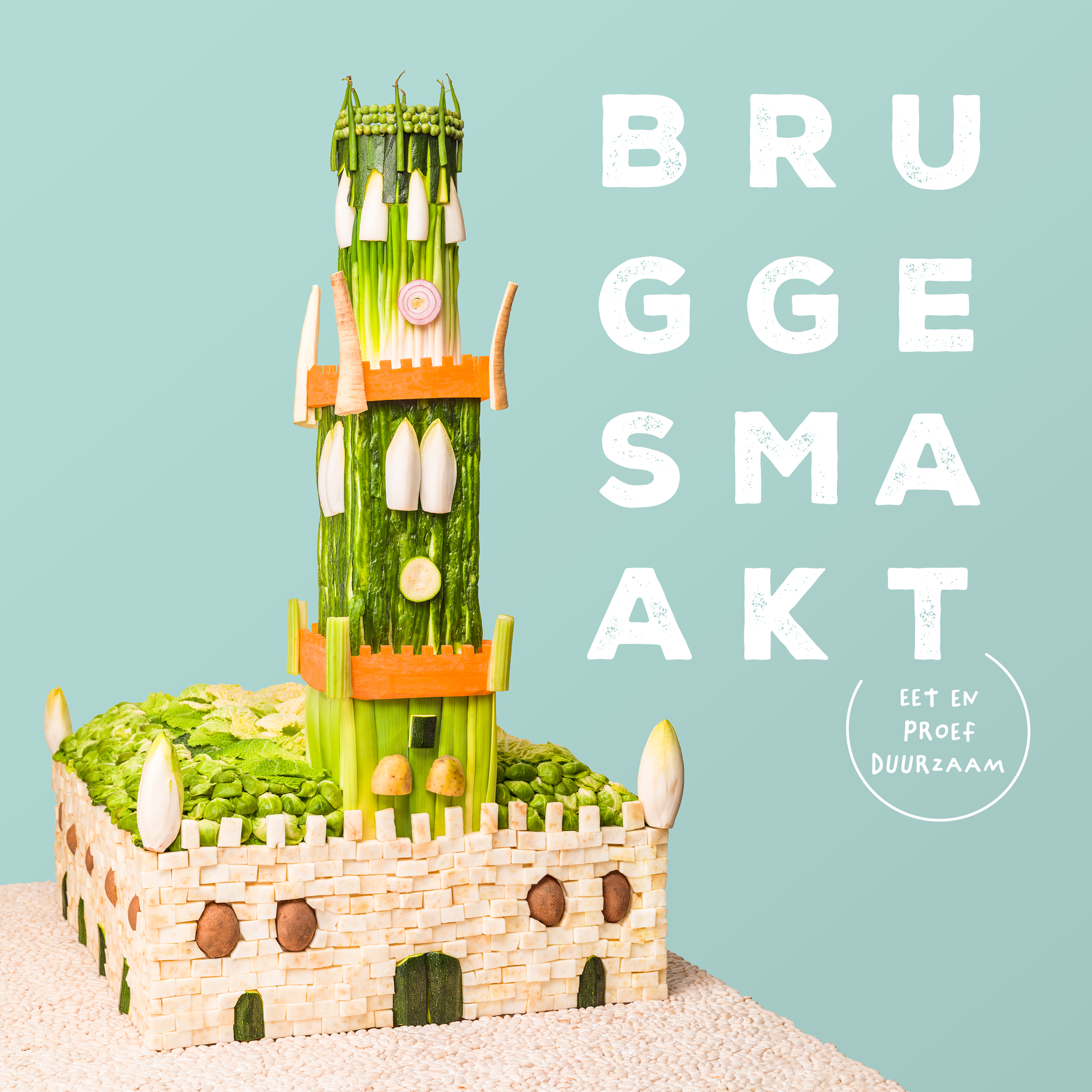Zero Foodprint Nordic
22 August 2022
Zero Foodprint Nordic
Copenhagen, Denmark
THE INNOVATION:
Zero Foodprint started in the United States and was able to make the connection between climate and food. From 2015-2018 Zero Foodprint focused on calculating and reducing greenhouse gasses in restaurants through Life Cycle Assessments (LCA). From 2018 it became possible for consumers to become part of the climate solution: We do this through our members (resturants and food businesses) that add 1% to the consumer’s bill and this money is allocated to agricultural climate solutions. In 2020, we were able to establish this concept in the Nordic region under Zero Foodprint Nordic. With money from Nordic restaurants, food businesses and funds we can make local change through local projects.
LOOKING AHEAD:
In 2022 they aim to implement LCA partnerships with members (combining) and to continue engaging citizens and all eaters in transitioning Nordic agriculture to holistic and regenerative systems. Collaboration with government is a key goal that will support this, in
addition to the creation of a regenerative farming knowledge base.

More Information:
Website: www.zerofoodprintnordic.org
Contact Person: Cindie Christiansen
Email: [email protected]
Info about the Innovators and the Innovation portraits Catalogue
FoodSHIFT 2030 aims to launch an ambitious citizen-driven transition of the European food system towards a low carbon circular future, including a shift to less meat and more plant based diets. This transition is necessary in order to address the pressing challenges for food and nutrition security, contribute to the EU commitment of reducing GHG emissions by at least 40% by 2030, and revitalize urban-rural linkages and partnerships.
To do so, it establishes FoodSHIFT Accelerator Labs for maturing, combining, upscaling and multiplying existing food system innovations across nine front-runner city-regions. In turn these innovations contribute to the FoodSHIFT vision.
An Innovation Catalogue called “Innovation Portraits” was created to snapshot each of the Food Innovations connected with each of the FoodSHIFT Accelerator Labs (FALs) across the 9 city regions.
Info about the Innovation Portraits Catalogue
The Innovation Catalogue will snapshot each of the Food Innovations connected with each of the FoodSHIFT Accelerator Labs (FALs) across the 9 city regions. Each FAL has a dedicated innovation focus and each chapter will present innovation cases from a particular FAL. For each of the innovations presented, a snapshot of the innovation concept and purpose will be given, alongside the key impacts the innovation has in relation to the FoodSHIFT Impact Pathways and the acceleration ambitions of the innovation.
In addition, each innovation portrait is also categorized according to its Innovation Dimension. These dimensions indicate what kind of innovation is being presented, and where in the value chain it plays a role. This is indicated by these tabs. The dimensions are defined as follows:
Product – Innovations in this category address new or updated products, including quality, safety and market impact.
Process – These innovations are relevant to new technologies for processing, logistical improvements, infrastructure and new/improved services.
Social – Innovations in this category are relevant to changes in behaviour (e.g. consumers/citizens), development of new relationships and inclusiveness.
Governance – The innovations address policy developments, including food planning, subsidies, taxing, certificates & labelling.
Learn more about all the Innovation portraits: https://foodshift2030.eu/meet-the-people-changing-your-food-system/





